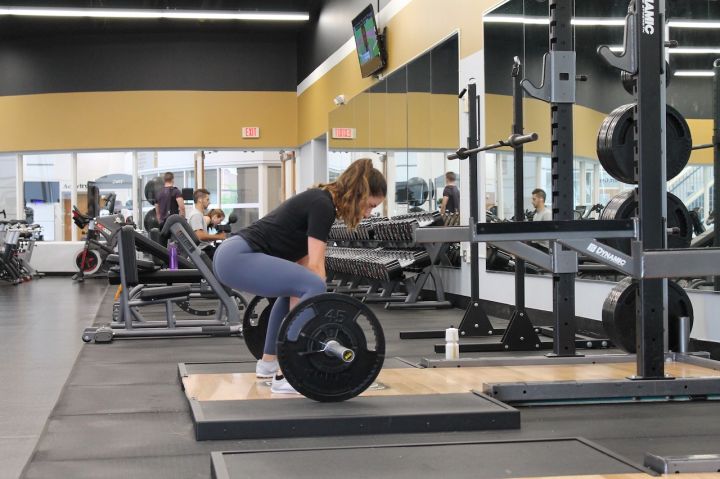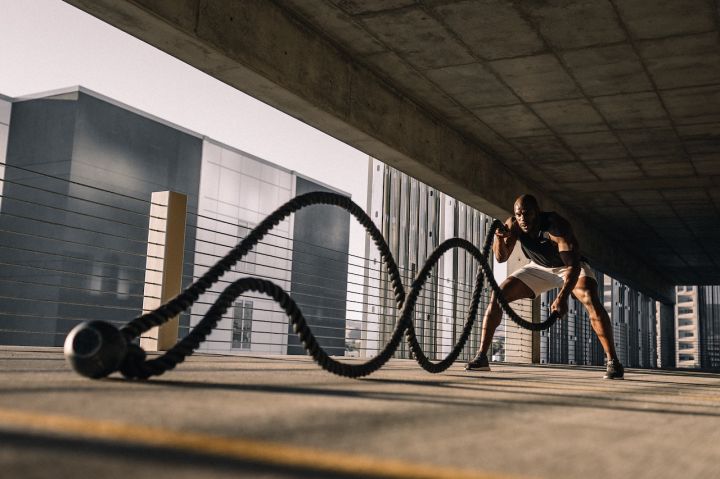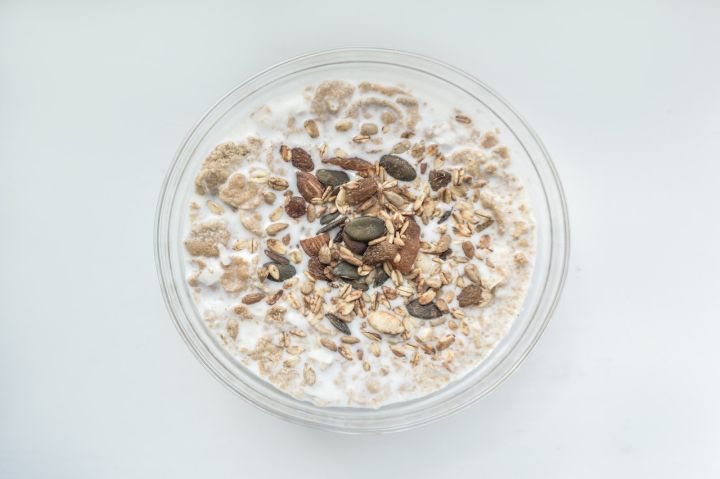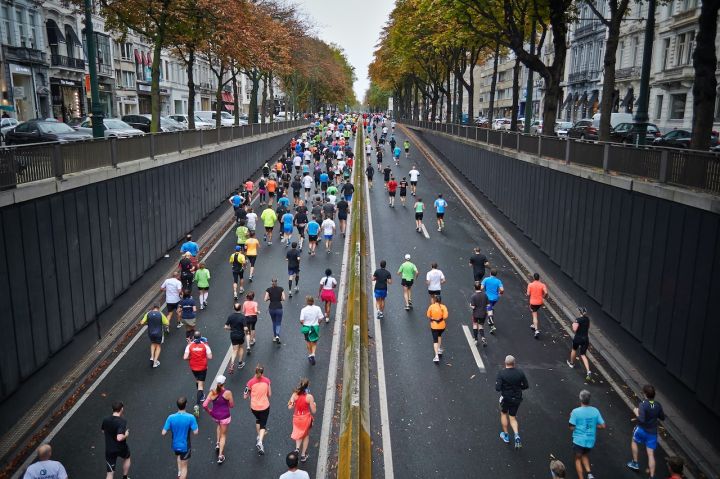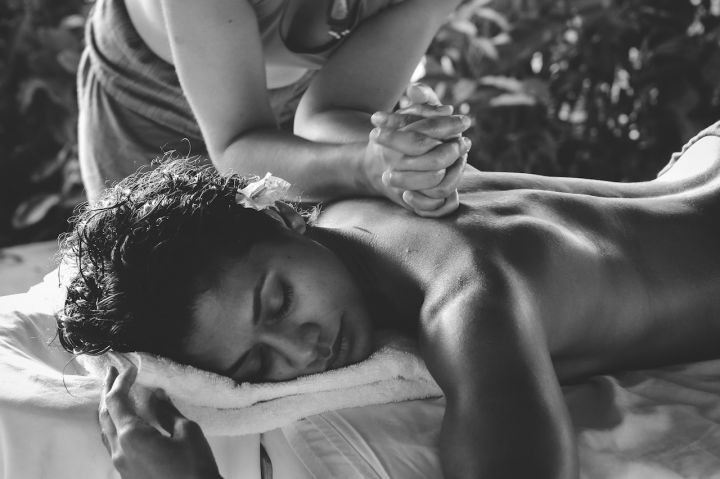if i asked you which part of your body you like to train the most? The majority of fitness people will choose to train chest, because the chest is the "Face" Of many fitness enthusiasts, will feel that to train well must be trained pectoral muscles to pass, in fact, the real fitness experts, the importance of the back is no less than the chest, there is a saying, the duel between the masters, turn around and you can see it.

today we are going to talk about the back training movement - the high pull down, this movement is perhaps the most practiced back training movement for people in the gym.
First of all, the high pull down is definitely a back training movement. What are the training points of the high pull down? It has different grip positions, grips and holds.
Simply put, there are 3 types
the first is the forward grip, a regular grip with your palm facing the front of your body, which is also the grip used by many fitness enthusiasts.
The second is the reverse grip, where the palm faces you and the back of the palm is forward.
The third is the opposite grip, where the palms are facing each other and the tiger's mouth is facing your own grip.
These are the three grips. That different grips have different differences, and probably the one you adopt is that the matching bar is also different.

whether you choose to have a forward grip, a reverse grip or a two-handed grip, you can stimulate our back muscles. That wide grip with a forward grip, that is, if you grip with the front hand, is more of a back exercise where the shoulder joints do the movement and the shoulders are inward in the frontal plane, with the elbows bent and our arms involved in the finish.

with the opposite grip and reverse grip it is more of a shoulder joint movement, shoulder extension in the sagittal plane, and then again with elbow flexion arm involvement to complete the movement, the difference is that the muscles being worked are different.
The reverse grip and the opposite grip stimulate more of the muscles in our lower back. Whether you do the shoulder inversion or the shoulder extension, you are stimulating the latissimus dorsi and the rhomboid muscles of our back.
Regardless of which grip you use, it is necessary to sink the shoulders during the movement and keep the torso stable with a slightly wider and flatter chest.
Generally when doing a high pull down, it is important to first secure to your lower body. The high pull down equipment will have adjustable stoppers, your legs are secured to stabilise your body, avoid too much borrowing, reduce your core force and help you stabilise your torso. You just need to rely more on the back muscles to contract.

it is important to remember never to shrug your shoulders during the high pull down, a movement that many fitness enthusiasts are prone to, your scapular retraction needs to be in place. The entire stroke of the exercise must be as complete as possible so that our back muscles can be better stimulated.
Of course, if you start to run out of energy towards the end of a set, or if your forearm grip is not strong enough to keep up, you can use some borrowing or do some half strokes to better stimulate our back muscles.
But whether you are doing a half-range or borrowing, you are doing it to better stimulate the back muscles, not just to complete the number of reps to do these forms.

this is the key, you need to know
why do you recommend the high pull down? Because this movement is easy to practice in the gym and is relatively easy to visualise, but it is easy to do incorrectly.
We try to train our backs by focusing our training mainly on multi-joint (compound) movements. Train the back with as large a compound movement as possible, and when sequencing the workout, make sure to do the compound movement when the muscles are at their strongest. High pulldowns are a very effective compound movement. Single joint back isolation movements are not very common and are not very popular in mass fitness.

every back movement requires the trainer to have the chest up, the back straight and the hips outwards, and this is also true of the high pull down. Having your body in this position will make you stronger as you perform the movement. If your torso is relaxed, you will not only be prone to injury, but your muscles will also lose their power generation advantage.

borrowing training apparatus
when doing high pulldowns it is often the case that you feel sore forearm muscles on the best few reps, but you still have strength in your back, this is when it is advisable to use a booster band. If someone tells you that using a booster band will weaken your grip, tell them you are wrong.
First of all, you are training your back muscles, not your grip or forearms (you can train grip strength in other training programmes). Never sacrifice back training intensity for self-esteem, grip strength or forearm strength (none of these negative effects will arise from the use of booster bands).

also, if your target movement range is 12 reps, research has shown that you can do 1-2 more reps with booster bands at this weight. More training volume leads to more muscle mass.
In response to the details in the above key, if you have felt them all carefully, we have also compiled a complete back training programme (with details inside), which may be combined to feel.
Exercise number of sets number of reps
prone barbell row 3-4 8-10
narrow distance seated row 3 8-10
reverse grip seated row 3 10-12
high pull down 3 exhaustion

